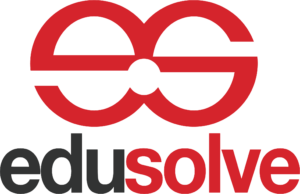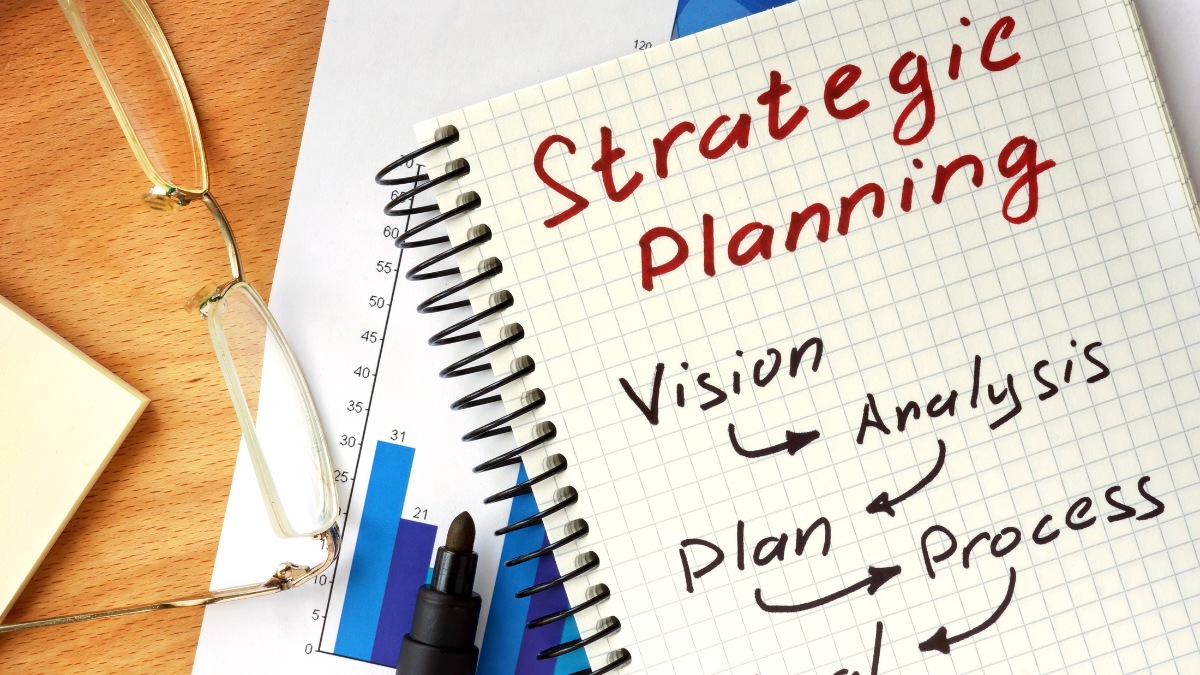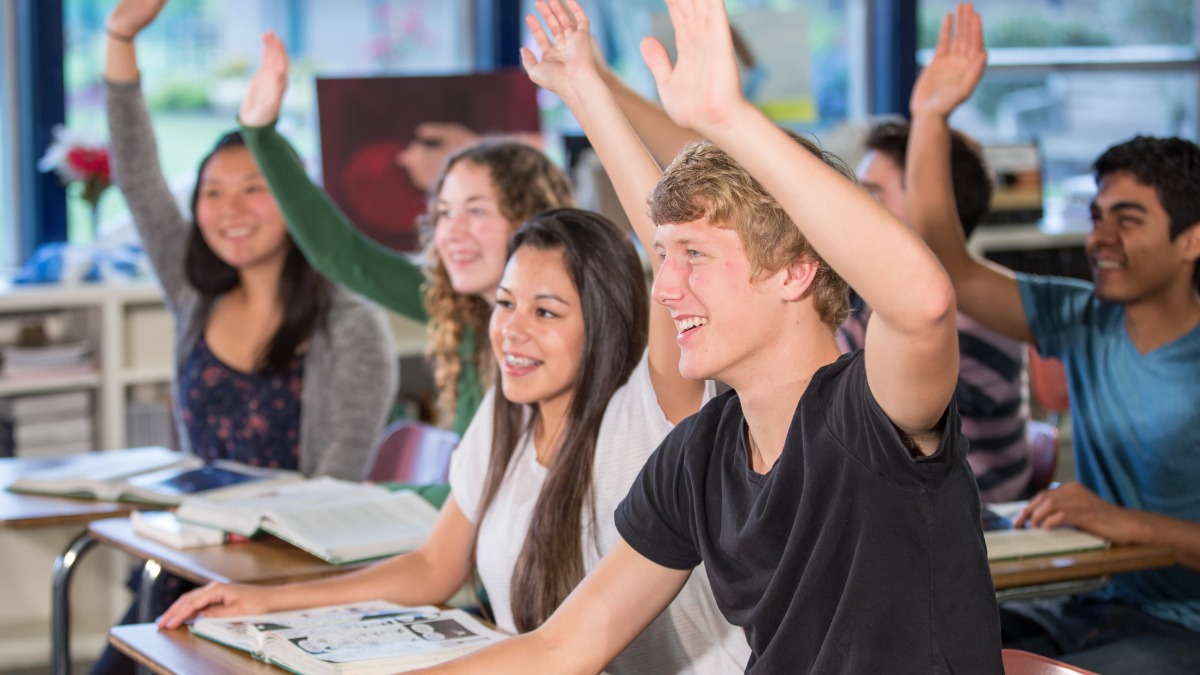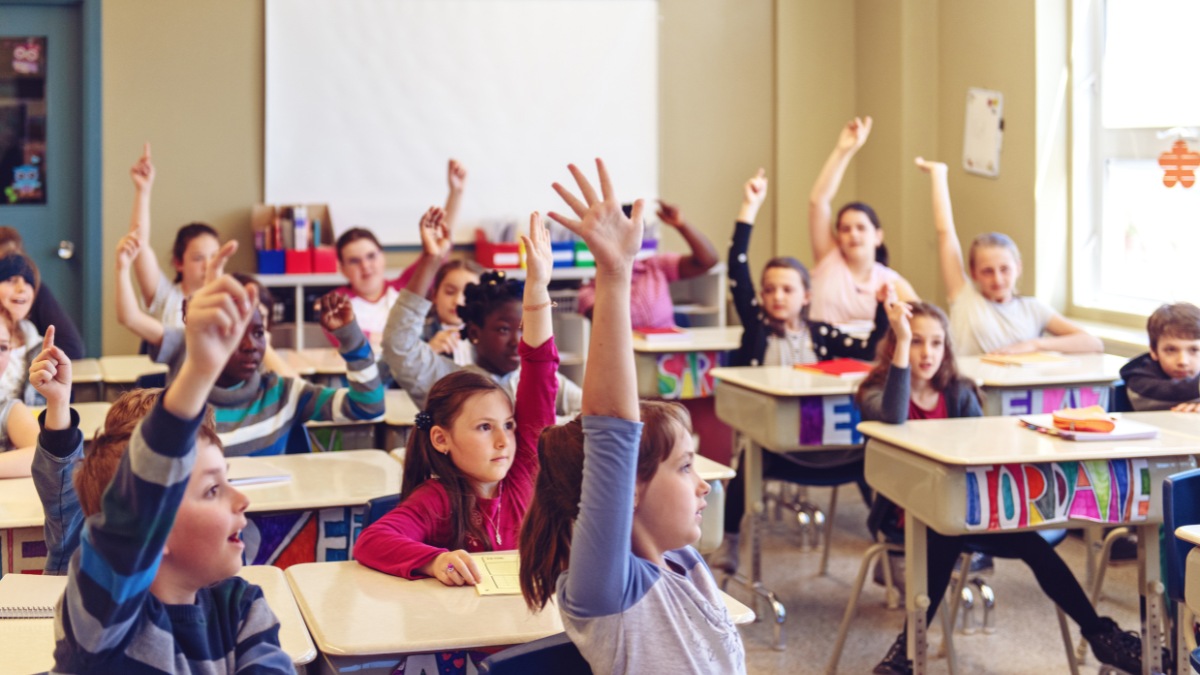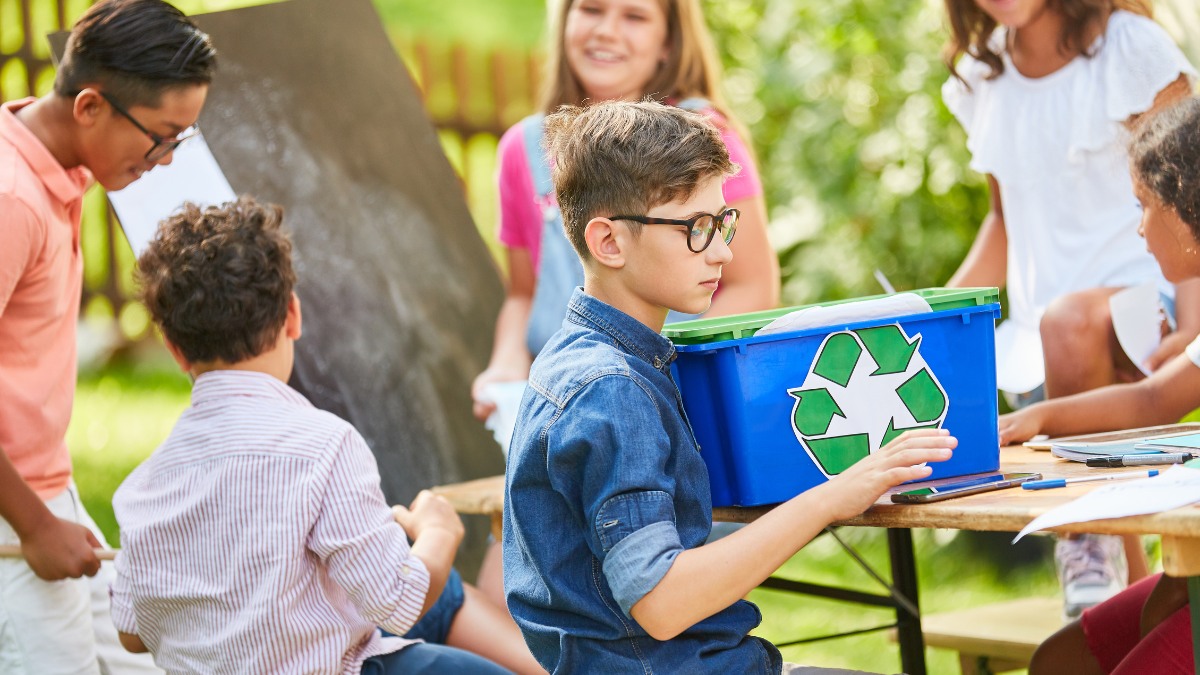In the ever-evolving landscape of education, strategic management emerges as a critical force driving institutions toward excellence. It is a systematic approach that educational leaders employ to plan, implement, and evaluate the essential components needed to achieve their goals. But what exactly is strategic management in education, and why is it so vital?
Understanding Strategic Management in Education
Strategic management in education involves the formulation and implementation of the major goals and initiatives taken by an educational institution’s top management on behalf of its stakeholders. This process is guided by the resources available and an assessment of both the internal and external environments in which the institution operates.
Key Components:
- Vision and Mission Statements:
- The vision outlines what the institution aspires to become, while the mission statement defines its purpose and primary objectives. These statements guide all strategic decisions.
- Environmental Scanning:
- This involves analyzing internal strengths and weaknesses, as well as external opportunities and threats (SWOT analysis). Understanding these factors helps institutions to strategically position themselves in a competitive educational landscape.
- Strategic Goals and Objectives:
- Setting clear, measurable goals and objectives is crucial. These should be aligned with the institution’s vision and mission and should be achievable within a set timeframe.
- Strategic Formulation:
- Developing strategies to achieve the set goals involves making informed decisions about where to allocate resources, which new programs to develop, and how to improve existing processes.
- Implementation:
- This is where plans are put into action. Successful implementation requires effective communication, resource allocation, and management of change within the institution.
- Evaluation and Control:
- Ongoing assessment of strategies is essential. This involves measuring performance, identifying areas for improvement, and making necessary adjustments to stay on track.
Also Read:What Skills Do Students Learn in SEL?
The Importance of Strategic Management in Education
1. Enhancing Educational Quality:
- Strategic management ensures that educational institutions can continuously improve the quality of education they provide. By setting high standards and striving to meet them, schools and universities can offer better learning experiences and outcomes for their students.
2. Adaptability and Innovation:
- In a rapidly changing world, educational institutions must be able to adapt to new trends, technologies, and societal needs. Strategic management fosters a culture of innovation, encouraging institutions to stay current and relevant.
3. Efficient Resource Allocation:
- Resources in education are often limited. Strategic management helps in the optimal allocation of these resources, ensuring that they are used effectively to support the institution’s goals.
4. Stakeholder Engagement:
- Educational institutions have a wide range of stakeholders, including students, parents, staff, and the community. Strategic management involves engaging these stakeholders, ensuring their needs and expectations are met.
5. Accountability and Transparency:
- By setting clear goals and regularly evaluating progress, strategic management promotes accountability and transparency within educational institutions. This builds trust and credibility among stakeholders.
Challenges in Strategic Management in Education
1. Resistance to Change:
- Implementing new strategies can often meet resistance from staff or other stakeholders who are accustomed to existing practices.
2. Resource Constraints:
- Limited financial, human, and material resources can hinder the successful implementation of strategic plans.
3. Rapid Technological Changes:
- Keeping up with the fast pace of technological advancements can be challenging, requiring continuous updates and investments.
4. Policy and Regulatory Changes:
- Changes in educational policies and regulations can impact strategic plans, requiring institutions to be flexible and responsive.
Conclusion
Strategic management in education is more than just a planning process; it is a comprehensive approach to achieving excellence and sustainability. By setting a clear direction, engaging stakeholders, and continuously evaluating progress, educational institutions can navigate the complexities of the modern educational environment. This ensures not only the success of the institution but also the success of its students, preparing them to thrive in an ever-changing world.
Incorporating strategic management practices can transform educational institutions, making them more efficient, innovative, and responsive to the needs of their students and communities. As the educational landscape continues to evolve, the importance of strategic management will only grow, making it an essential component of successful educational leadership.
Also Read: How to Teach Social-Emotional Learning (SEL) in the Classroom?

